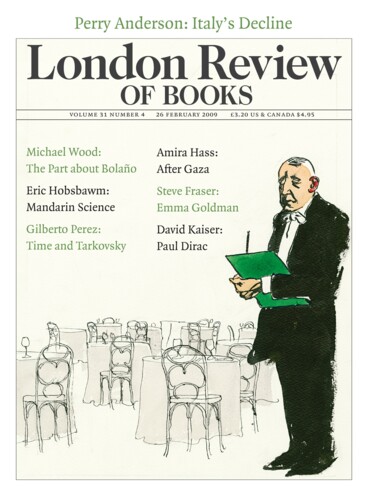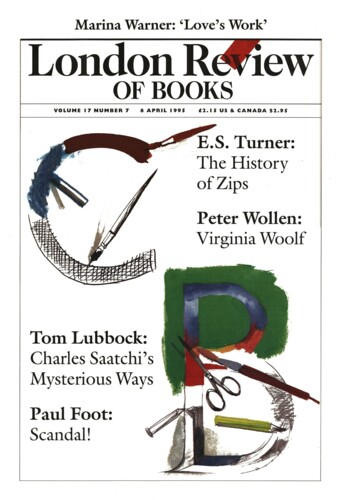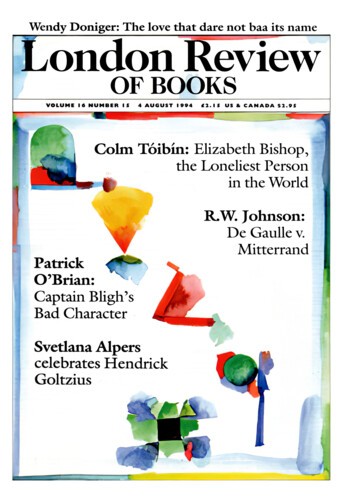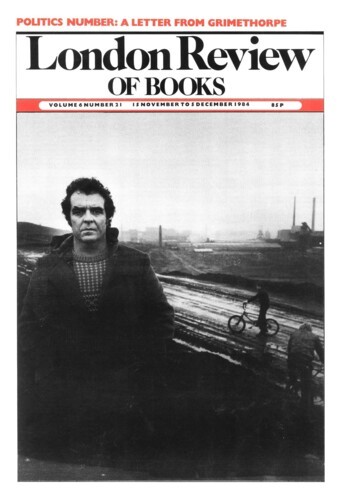For all the obvious pleasures offered by Dutch art of the Golden Age, it is remarkable how much puzzlement and antagonism it has aroused. Even as it was being made and marketed, commentators throughout Europe reacted against the ordinariness of its subjects, the frequent vulgarity both of the people and of the activities it presented in such loving and repetitive detail. A more interesting objection was put by Reynolds, who, in writing up his tour of Holland and Flanders, complained about the difficulty of talking about such pictures: intended for the pleasure of the eye, he reasoned, they are not easily put into words. He for one did not try, and simply served up for his readers a brief, annotated list of the works he had seen.
Masterpieces of 17th-Century Dutch Genre Painting: Catalogue of the Exhibition at the Royal Academy
Philadelphia Museum of Art, 397 pp., £20, March 1984, 9780876330579
The Golden Age: Dutch Painters of the 17th Century by Bob Haak. For all the obvious pleasures offered by Dutch art of the Golden Age, it is remarkable how much puzzlement and antagonism it has aroused. Even as it was being made and marketed, commentators...




